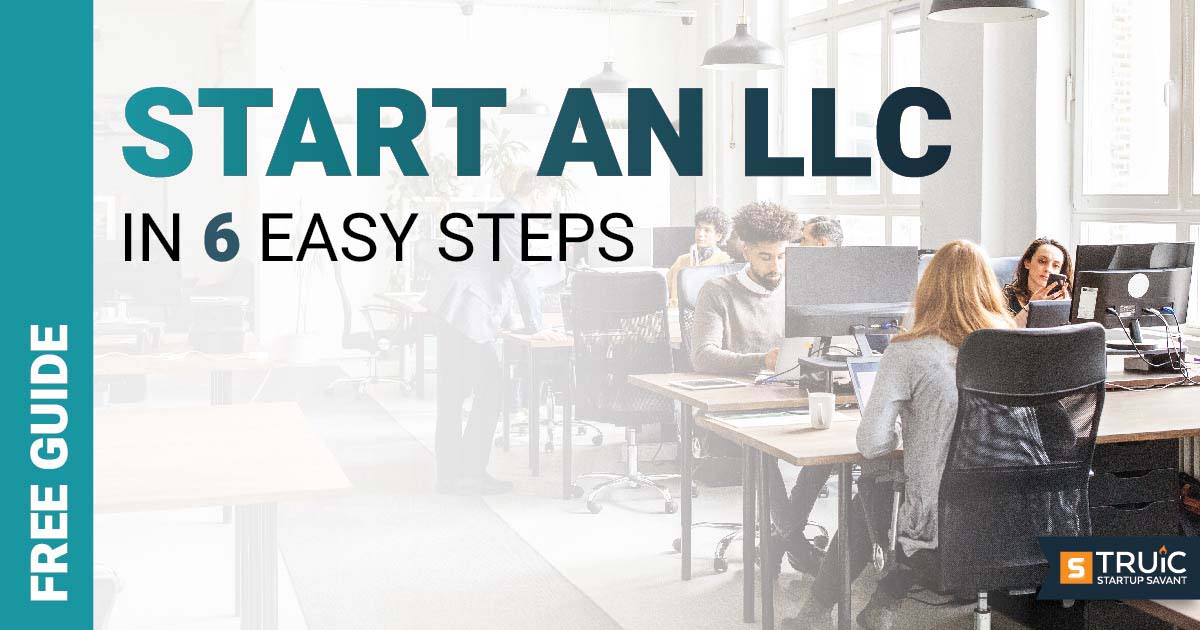What is Business Casual?
We hear the phrase “business casual” all the time, but many people struggle with what that really means. I myself have wasted too much time trying to figure out if I’m appropriately dressed for professional occasions, so I figured I’d do the research to help you avoid that same issue.
In short, business casual is a form of office-appropriate dress without the formality of the traditional suit and tie. In this guide, I’ll discuss what business casual looks like for men and women, and share some information about how business casual is changing in the modern business landscape.
A Brief History of Business Casual
For much of the 20th century, there was no middle ground between leisurewear and business attire. This changed in the late 1960s when a Hawaiian clothing company started marketing “Aloha Fridays.” Their aim was to generate extra business by advertising Hawaiian shirts as an alternative to professional attire -- and their efforts were wildly successful.
Aloha Fridays swept across Hawaii, as employees began to view these floral-print short-sleeved shirts as a way to get an early start to the weekend. By the 1970s, the trend had migrated to the mainland and “casual Fridays” were born.
The next big step for business casual came in the late 1980s, when Levi’s introduced their subrand “Dockers.” Dockers advertised their khaki pants as the perfect compromise between the casual look of jeans and the buttoned-up aesthetic of formal attire, and employers agreed. From then on, men’s business casual has been widely defined as “khakis and a nice shirt.”
Today, business casual is more than just something to look forward to on Fridays. Many employers allow their workers to dress in business casual attire all week long, especially in startup environments.
Traditional Business Casual vs Startup Business Casual
Business casual may not mean the same thing at a Fortune 500 company as it does at a local tech firm. Let’s break down what might be appropriate in each environment for both men and women.
Keep in mind that the following guidelines are not universally accepted -- it’s always best to check if your employer has a specific dress code:
Women’s Business Casual Attire
1. Traditional
-
- Conservative top with jacket, blazer or dressy sweater
- Slacks or skirt (at least knee-length)
- Shoes with closed toe
2. Startup
-
- Informal jacket or sweater
- Blouse/conservative top
- Full-length pants or knee-length skirt
- Comfortable shoes
Again, these are just guidelines, and there are other options (like sheath dresses) that would work in either setting. In general, focus on wearing clothes that fit well and stay away from casual fabrics like denim, fleece, spandex, etc.
Men’s Business Casual Attire
1. Traditional
-
- Sportcoat or blazer
- Long-sleeve dress shirt
- Pleated or flat-front slacks
- Casual dress shoes
2. Startup
-
- Collared shirt (no text or logos)
- Khaki pants
- Leather shoes or loafers
Where you’ll often find disagreement is in regard to neckwear. Some say a necktie is too formal for business casual, while others say it can’t hurt. I personally think it comes down to your unique style and comfort level. Do you like wearing a tie? If so, feel free to wear one.
Additionally, accessorizing can make you stand out from the pack in a tasteful manner. For men, consider a nice belt, or perhaps a wristwatch. For women, a combination of tasteful jewelry and a stylish handbag can elevate your look while still remaining casual.
Business Casual Tips and Tricks
It’s the employer’s responsibility to make sure employees understand what the dress code is. Workers shouldn’t have to guess what they can and cannot wear -- they should have a clear-cut policy that doesn’t leave much room for interpretation.
On the other hand, if your employer doesn’t clearly communicate their dress policy, it’s usually best to play it safe. Especially if you’re a relatively new hire, sticking to conservative dress is a good idea until you’re able to get a feel for what your colleagues wear.
How Startups Influence the Formality of Larger Corporations
The modern office space continues to become progressively more casual as employers determine that their workers are most productive when they’re comfortable. Today, many major companies allow employees to wear jeans, or even t-shirts. One example is Amazon, where workers are allowed to wear essentially whatever they want (as long as it’s not in poor taste).
This trend extends beyond dress codes and into office cultures as a whole. Startups were the first to embrace the “cool office” trend by providing comforts like stocked fridges and arcade games, but now major corporations are following suit. For example, in MasterCard’s corporate offices, you’ll find ping pong tables, foosball, and even Legos available for employees during the workday.
The next step in this workplace evolution may be toning down the formalities of communication structures. As messaging services like Slack continue to modernize this aspect of today’s workplace, email is starting to feel like an unnecessarily formal mode of communication. It’s no surprise that startups are also at the forefront of this developing trend!
In Summary
“What should I wear to work?” It’s a question we hear all the time from men and women of all ages and career paths. Perhaps that’s a comforting thought to end with: pretty much everyone else worries about this stuff too.
The most important thing is to always be tasteful in your dress, whether you’re aiming for business casual or full-on formal attire. When in doubt, the more conservative option is always the safer bet.



